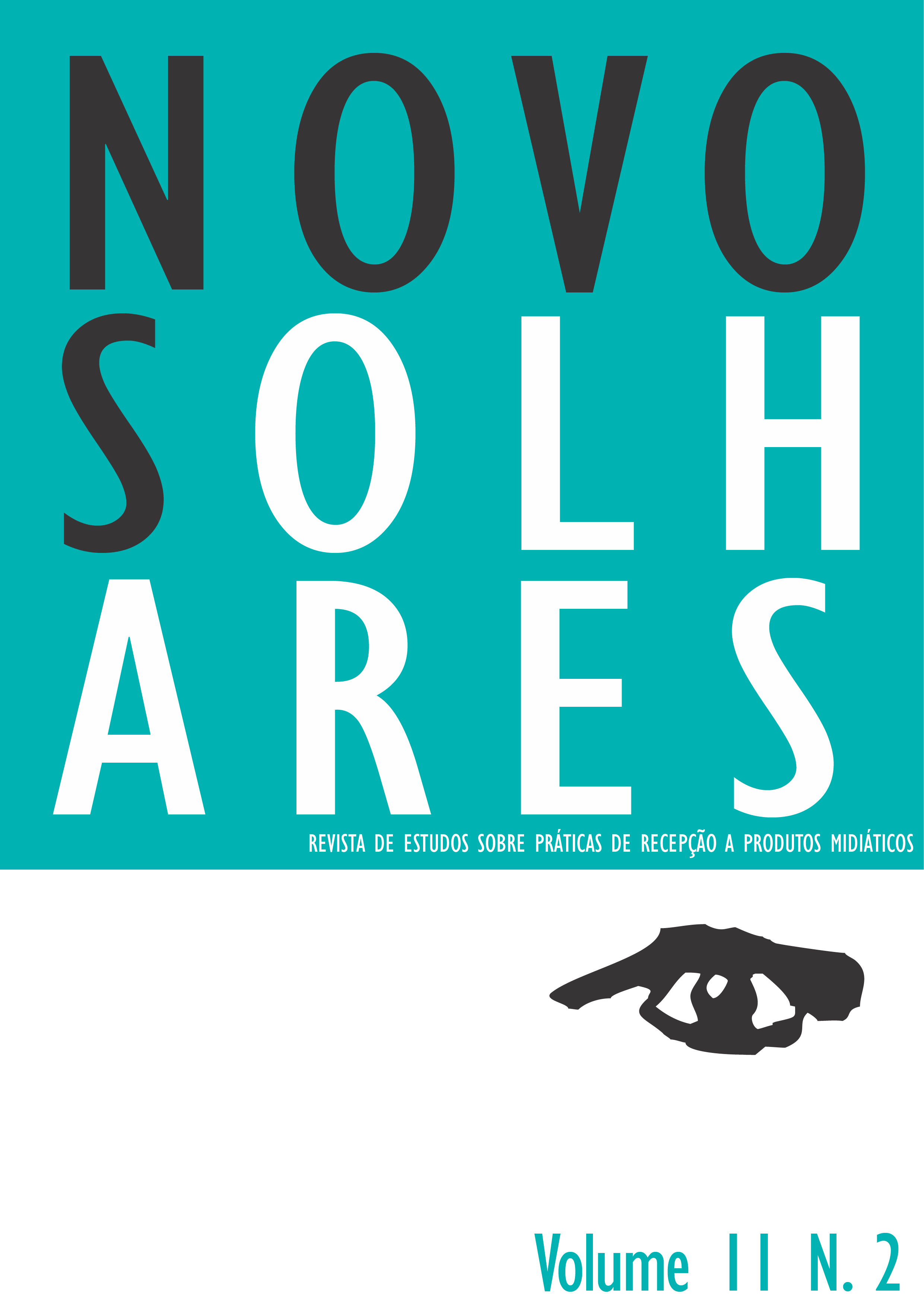Evocations that haunt the computer interface
DOI:
https://doi.org/10.11606/issn.2238-7714.no.2022.205337Keywords:
Invocation, Evocation, Digital media, Robotic art, Computer gamesAbstract
Although computers are rationalist, they recall the occult in answering users’ invocations with evocations. Invocations call non-humans for signs during crises. Outputs are evocative signs with affective impact and meaning. While legacy media are evocative, transporting or broadcasting signs, invocational media creates networked cybernetic relations in a lively quasi-magical communication. This article evaluates the evocative intensity of two invocational works that recall the mystical heritages of technology: Silent Hill, a horror video game series, and Ai-Da, a robot artist.
Downloads
References
Cavallaro, D. (2002) The gothic vision: Three centuries of horror, terror, and fear. Continuum.
Coeckelbergh, M. (2019). Moved by machines: Performance metaphors and philosophy of technology. Routledge. https://doi.org/10.4324/9780429283130
Daniel, A. J. (2020). Affective intensities and evolving horror forms: From found footage to virtual reality. Edinburgh University Press.
Denson, S. (2020) Discorrelated images. Duke University Press.
During, S. (2002). Modern enchantments: the cultural power of secular magic. Harvard University Press. https://doi.org/10.4159/9780674034396
Januszczak, W. (2019) I’m looking at the future — and she’s no Frida Kahlo. The Sunday Times, 2 June 2019. https://bit.ly/3Wg6xa7
Kirkland, E. (2012) Gothic videogames, survival horror, and the Silent Hill series. Gothic Studies. 14(2) pp. 106–122. http://dx.doi.org/I0.7227/GS.14.2.8
Leeder, M. (2017). The modern supernatural and the beginnings of cinema. Palgrave Macmillan UK.
Marvin, C. (1988). When old technologies were new: Thinking about electric communication in the late nineteenth century. Oxford University Press.
Olivier, M. (2015) Glitch Gothic. In: Leeder, M. (Ed.) Cinematic ghosts: haunting and spectrality from silent cinema to the digital era, pp. 253–270.
Perron, B. (2012). Silent Hill: The terror engine. University of Michigan Press.
Stephens, E. & Heffernan, T. (2016) We have always been robots: The history of robots and art In: Heratch, D., Kroos, C. & Stelarc. Robots and art: Exploring an unlikely symbiosis. Springer.
Tatar, M. M. (1981). The houses of fiction: Toward a definition of the uncanny. Comparative Literature, 33(2), 167–182.
Turkle, S. (2011) Alone together: Why we expect more from technology and less from each other. Basic Books.
Downloads
Published
Issue
Section
License
Copyright (c) 2023 Chris Chesher

This work is licensed under a Creative Commons Attribution-NonCommercial-NoDerivatives 4.0 International License.
Proposta de Aviso de Direito Autoral Creative Commons
1. Proposta de Política para Periódicos de Acesso Livre
Autores que publicam nesta revista concordam com os seguintes termos:
- Autores mantém os direitos autorais e concedem à revista o direito de primeira publicação, com o trabalho simultaneamente licenciado sob a Licença Creative Commons Attribution CC Attribution-NonCommercial-NoDerivatives 4.0, que permite o compartilhamento do trabalho com reconhecimento da autoria e publicação inicial nesta revista.
- Autores têm autorização para assumir contratos adicionais separadamente, para distribuição não-exclusiva da versão do trabalho publicada nesta revista (ex.: publicar em repositório institucional ou como capítulo de livro), com reconhecimento de autoria e publicação inicial nesta revista.
- Autores têm permissão e são estimulados a publicar e distribuir seu trabalho online (ex.: em repositórios institucionais ou na sua página pessoal) a qualquer ponto antes ou durante o processo editorial, já que isso pode gerar alterações produtivas, bem como aumentar o impacto e a citação do trabalho publicado.



